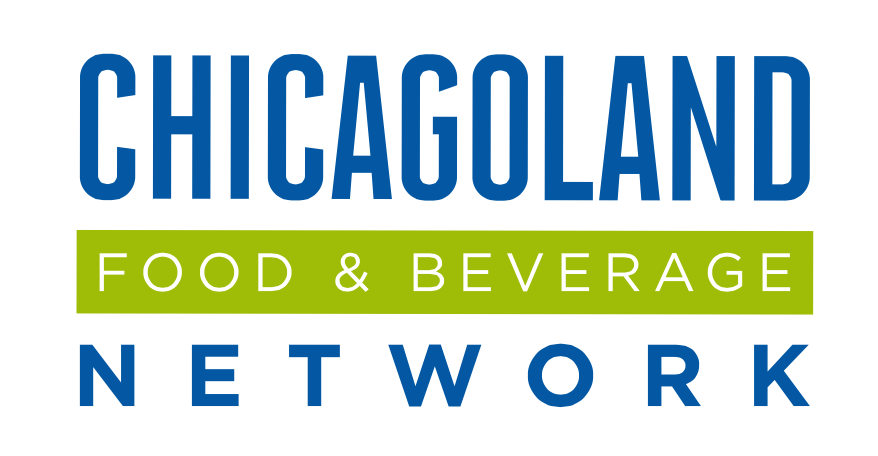 Food Dive recently wrote a piece of exciting news for cheese enthusiasts. Kraft Singles is introducing three new flavors—Jalapeño, Garlic & Herb, and Caramelized Onion—marking the first expansion of its popular cheese lineup in almost a decade. Previously, the Kraft Heinz-owned brand offered only two flavored cheeses which launched in 2017.
Food Dive recently wrote a piece of exciting news for cheese enthusiasts. Kraft Singles is introducing three new flavors—Jalapeño, Garlic & Herb, and Caramelized Onion—marking the first expansion of its popular cheese lineup in almost a decade. Previously, the Kraft Heinz-owned brand offered only two flavored cheeses which launched in 2017.
Kraft Heinz observed that nearly 70% of U.S. cheese consumers express interest in exploring new varieties, with flavor emerging as a key influencer in guiding their purchasing choices. The company has identified innovations as the primary catalyst in achieving its goal of generating $2 billion in incremental net sales by 2027.

